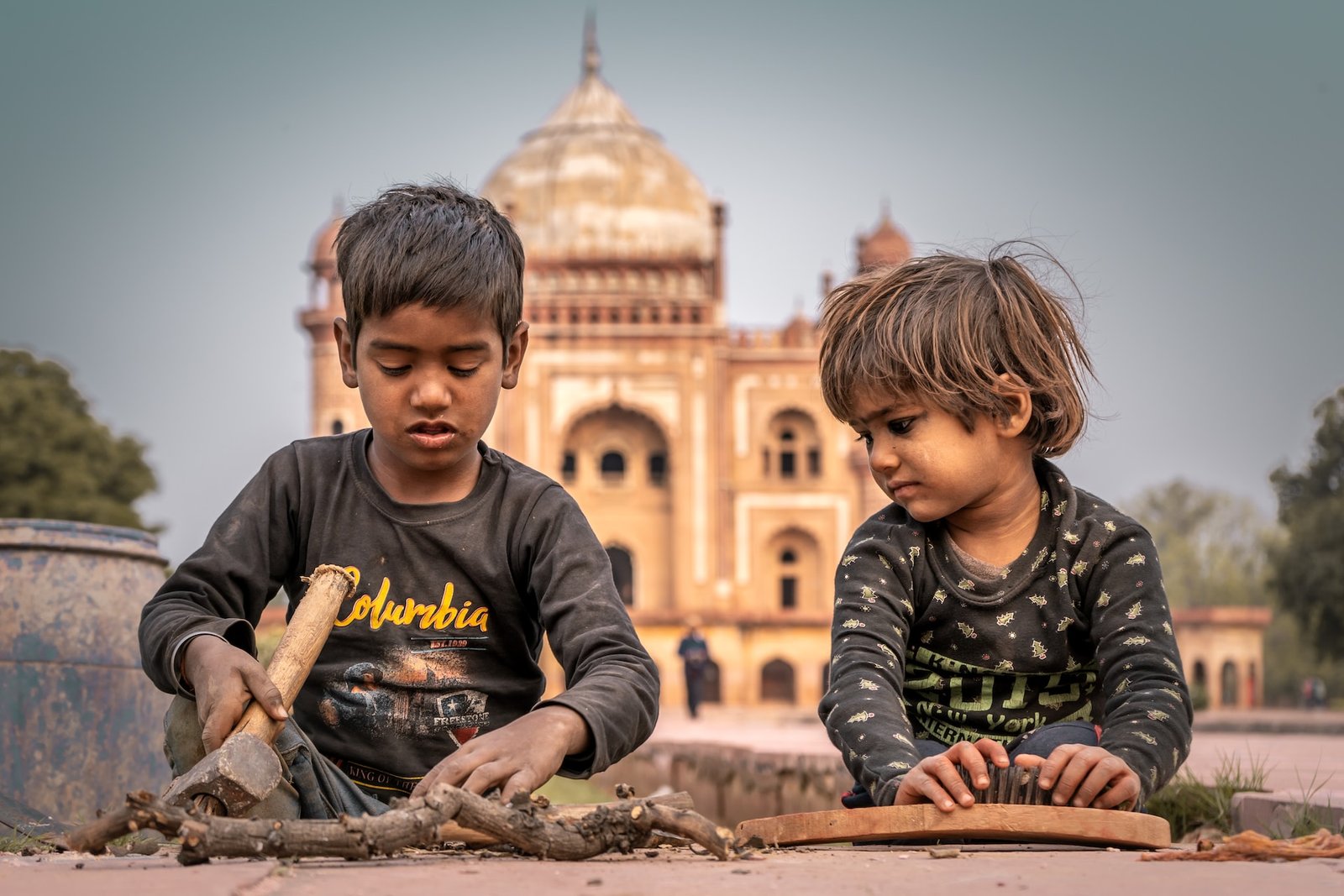Child Labor During the Industrial Era
In the backdrop of the Industrial Era, it’s crucial to recognize that the phenomenon of child labor wasn’t just an isolated social issue but closely tied to the economic infrastructure of the time. Factory owners found it financially beneficial to employ children, not just because they could pay them less but also because children were less likely to organize labor unions or demand better working conditions.
The Role of Government: From Passive Observers to Active Participants
For a long time, the government played a passive role, largely turning a blind eye to the plight of child laborers. This was partly due to the prevailing laissez-faire attitude, which dictated minimal government interference in businesses. However, as public opinion began to shift, largely due to the work of activists and journalists, governmental bodies found it increasingly difficult to remain on the sidelines.
By the time the Fair Labor Standards Act was enacted in 1938, the government had transitioned from being passive observers to active participants in curbing child labor. This shift wasn’t just legal but also cultural, as society began to recognize children as individuals who needed to be in educational institutions rather than factories.
Health Consequences: The Lasting Impact on Child Laborers
Though the primary focus is often on the economic and educational aspects of child labor, the severe health consequences cannot be overlooked. From respiratory issues in mining to lost limbs in factory accidents, the immediate health repercussions were severe. However, the long-term health impact was even more damning, as these children often suffered from chronic illnesses that lasted well into adulthood.
Socio-Psychological Toll
The long hours, hazardous conditions, and lack of access to education also took a significant socio-psychological toll on these children. Many reported feelings of low self-worth, partly due to their lack of education and partly because society, at large, looked down on them. This lack of self-esteem had long-term consequences, affecting their ability to seek better opportunities or advocate for themselves as adults.
Labor Unions and Child Labor
Labor unions were another significant factor in the fight against child labor. Although children were less likely to organize themselves, adult workers often advocated for the rights of child laborers as part of broader labor movements. These unions played a crucial role in pushing for laws that protected not just adult workers but also children in the workforce.
The Shift in Public Consciousness
It’s vital to understand that the decline of child labor didn’t occur overnight. It was a gradual process, catalyzed by a shift in public consciousness. As information became more accessible, and as journalists and activists disseminated images and stories about the horrors of child labor, the general public could no longer ignore the ethical implications of their consumption choices. People started boycotting goods produced by child labor, adding economic pressure on top of ethical considerations for companies to reconsider their labor practices.
The Global Perspective: The Fight is Far From Over
Today, child labor is not a thing of the past. Although laws are stringent in developed nations, the situation in many developing countries remains dire. Companies have also outsourced labor to countries with lax labor laws, indirectly contributing to the persistence of child labor.
The Need for Global Solidarity
Combating child labor today requires global solidarity. Fair Trade organizations and strict import laws are steps in the right direction, but a collective international effort is essential to eradicate this blight once and for all.
The Power of Media: Spurring Social Change
In any discussion about the decline of child labor in the United States, the role of media cannot be overstated. Journalists, photographers, and writers risked their lives to expose the grim reality that many chose to ignore. The work of people like Lewis Hine, a sociologist and photographer whose haunting photographs of child laborers helped sway public opinion, is a shining example of the media’s power to influence social change.
The Muckrakers: Pioneers of Investigative Journalism
These journalists, often termed “muckrakers,” were pioneers in the realm of investigative journalism. By bringing to light the dark underbelly of industrial capitalism, these brave men and women gave a voice to the voiceless. Their exposés were often published in newspapers and magazines, reaching a wide audience and mobilizing public opinion against unethical labor practices involving children.
Conclusion: Lessons from the Past, A Roadmap for the Future
The issue of child labor during the Industrial Era serves as a historical lens through which we can scrutinize our contemporary ethical standing. Even with all the advancements, the ethical dilemma surrounding labor practices continues to be a pressing issue. The fight against child labor serves as a testament to what can be achieved when society rallies together to combat a social evil.
In the end, the key takeaway is this: change is possible when it becomes a collective endeavor. The onus is not just on the policymakers but on each one of us to ensure that we are contributing to a world where children are in schools, learning and growing, rather than in factories, toiling away their childhoods. The fight against child labor is far from over, but by learning from our history, we can forge a path for a future devoid of this scourge.







